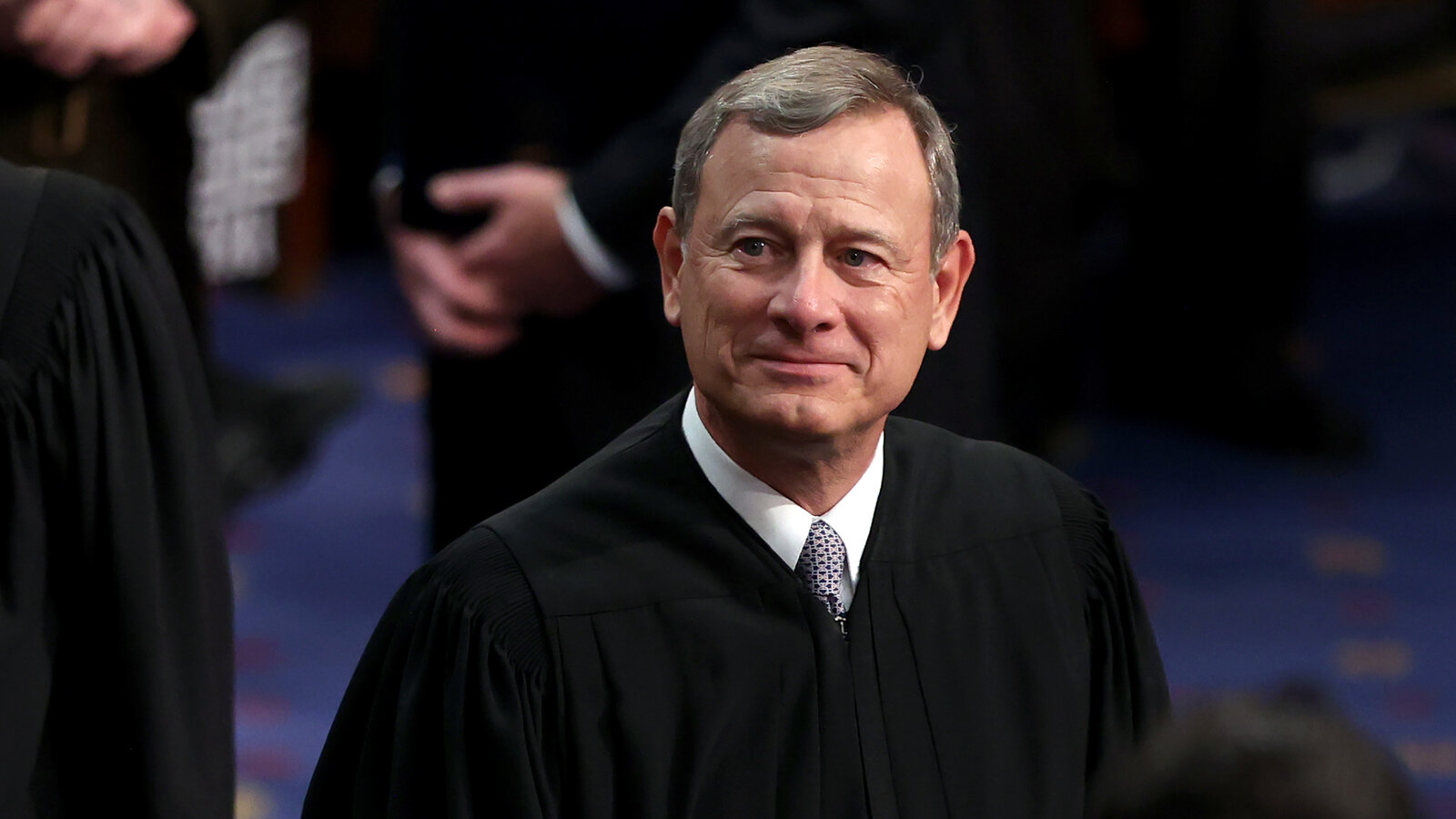Trump's Transgender Military Policy: A Comprehensive Analysis

Table of Contents
The Initial Policy Announcement and its Rationale
In July 2017, the Trump administration announced a new policy banning transgender individuals from serving in the military. This decision, communicated via a series of tweets and later formalized through official memos, reversed the Obama administration's policy of allowing transgender individuals to serve openly. The stated rationale centered on concerns about military readiness and cost.
The administration argued that the inclusion of transgender service members would:
- Increase healthcare costs: Claims were made that the medical care required by transgender service members, including hormone replacement therapy and gender confirmation surgeries, would place an undue burden on the military's healthcare system. These claims were often presented without substantial evidence-based analysis.
- Disrupt unit cohesion and readiness: The administration suggested that the presence of transgender individuals could negatively impact unit cohesion and overall military readiness. This argument frequently relied on unsubstantiated assumptions about potential disruptions to morale and operational effectiveness.
- Pose unique physical and mental health challenges: Concerns were raised about the perceived physical and mental health challenges faced by transgender individuals, suggesting these challenges could compromise their ability to perform their duties effectively. This point often overlooked the fact that many transgender individuals serve with distinction and face similar challenges to their cisgender peers.
Legal Challenges and Court Battles
The Trump administration's transgender military ban faced immediate and widespread legal challenges. LGBTQ+ rights organizations and individual transgender service members filed numerous lawsuits, arguing the policy violated the principle of equal protection under the law.
Key legal arguments included:
- Equal protection claims: Lawsuits argued the ban discriminated against transgender individuals based on their gender identity, violating their constitutional rights to equal protection under the Fourteenth Amendment.
- Discrimination claims: The plaintiffs argued the policy constituted unlawful discrimination based on sex, violating Title VII of the Civil Rights Act of 1964.
- Court rulings: Several court rulings temporarily blocked the implementation of the ban, highlighting the legal complexities and the ongoing debate regarding the constitutionality of the policy. These legal battles significantly delayed and ultimately prevented the full implementation of the Trump administration's policy.
The Impact on Transgender Service Members
The Trump administration's policy had a devastating impact on transgender individuals already serving in the military, as well as those seeking to enlist. The policy created a climate of fear and uncertainty, directly impacting:
- Morale and retention rates: Many transgender service members experienced a significant decline in morale, leading to increased rates of separation from the military. The uncertainty about their future and the possibility of discharge created considerable stress and anxiety.
- Discrimination and harassment: Transgender service members faced increased risks of discrimination, harassment, and even violence. The policy implicitly sanctioned prejudice and created a hostile environment within the ranks.
- Access to healthcare and support services: The policy severely limited access to vital healthcare and support services for transgender service members, further exacerbating their challenges.
The Human Cost
Beyond the statistical impact, the policy inflicted a profound emotional and psychological toll on transgender service members and their families. The uncertainty, fear of discharge, and loss of career opportunities caused significant distress, anxiety, and depression. Many felt betrayed by the military and forced to make difficult choices about their future. The human cost of this policy extended beyond the individual to impact their families and support networks.
The Biden Administration's Reversal
Upon taking office, the Biden administration swiftly reversed the Trump-era ban on transgender individuals serving in the military. The new policy, announced in January 2021, explicitly allowed transgender individuals to serve openly.
Key aspects of this reversal included:
- Timeline: The reversal marked a significant shift in policy, quickly reinstating the right of transgender individuals to serve openly.
- Key differences: The Biden administration's policy eliminated the discriminatory practices put in place under the previous administration and affirmed the commitment to inclusivity within the armed forces.
- Lingering challenges: While the reversal was a significant victory, challenges remain. Access to comprehensive healthcare and the elimination of lingering discrimination within the military require ongoing attention and advocacy.
Long-Term Implications and Future of Transgender Inclusion in the Military
The long-term consequences of both the Trump and Biden policies on transgender military policy are still unfolding. The debate surrounding transgender inclusion in the military continues, raising critical questions about:
- Recruitment and retention: The ability to recruit and retain a diverse and talented workforce depends on a commitment to inclusivity and equal opportunity.
- Healthcare and support: Ensuring that transgender service members have access to comprehensive healthcare and support services is essential for their well-being and effective service.
- Future policy changes: Ongoing legislative and policy changes at the federal and state levels will continue to impact transgender individuals in the military. The path toward full inclusion remains a work in progress, demanding constant vigilance and advocacy.
Conclusion
Trump's transgender military policy remains a highly contentious and significant issue, impacting not only the lives of transgender individuals but also the overall image and readiness of the U.S. military. This analysis has highlighted the complex interplay of legal, ethical, and practical considerations involved. The policy's reversals underscore the evolving understanding of gender identity and inclusion within the military. Understanding the history and implications of Trump’s transgender military policy is crucial for advocating for the full inclusion and equitable treatment of transgender service members. Further research and discussion are vital to ensure a fair and inclusive future for transgender individuals within the armed forces, and to continue the important conversation on transgender military policy.

Featured Posts
-
 Elizabeth Stewarts Spring Designs A Collaboration With Lilysilk
May 10, 2025
Elizabeth Stewarts Spring Designs A Collaboration With Lilysilk
May 10, 2025 -
 A Community Voice Advocating For Uterus Transplants In Transgender Healthcare
May 10, 2025
A Community Voice Advocating For Uterus Transplants In Transgender Healthcare
May 10, 2025 -
 Go Compare Drops Wynne Evans After Strictly Come Dancing Scandal
May 10, 2025
Go Compare Drops Wynne Evans After Strictly Come Dancing Scandal
May 10, 2025 -
 China Seeks New Canola Suppliers Following Canada Rift
May 10, 2025
China Seeks New Canola Suppliers Following Canada Rift
May 10, 2025 -
 John Boehner And Chief Justice Roberts A Case Of Mistaken Identity
May 10, 2025
John Boehner And Chief Justice Roberts A Case Of Mistaken Identity
May 10, 2025
